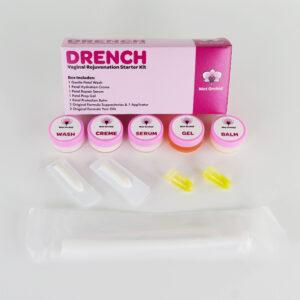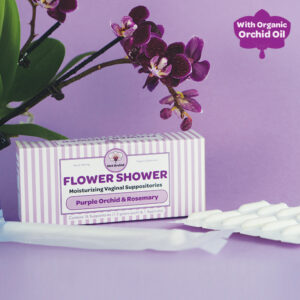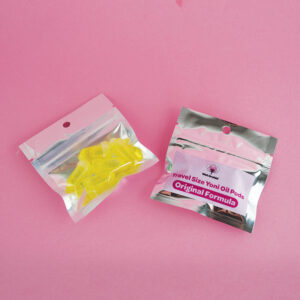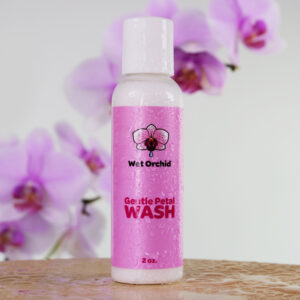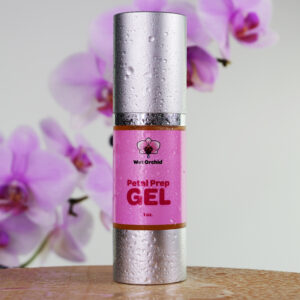-
×
Drench Vaginal Rejuvenation Starter Kit2 ×$40.00
- ×
-
×
Petal Repair Serum5 ×$30.00
-
×
Yoni Oil Travel Size - Original Formula1 ×$12.00
-
×
Gentle Petal Wash - Subscribe & Save2 ×$60.00
- ×
Menopause is a natural phase in a woman’s life, typically occurring around the age of 50, when the ovaries cease to release eggs and the body undergoes various hormonal changes. While menopause brings relief from menstruation and birth control concerns, it can also introduce new challenges. One of the most common and bothersome issues faced by postmenopausal women is vaginal dryness. In this article, we will delve into the prevalence of vaginal dryness after menopause and explore effective solutions to alleviate this common concern.
Understanding Vaginal Dryness
Vaginal dryness, medically known as vaginal atrophy or atrophic vaginitis, is a condition characterized by a lack of moisture and lubrication in the vaginal tissues. It occurs primarily due to the decrease in estrogen levels that accompanies menopause. Estrogen plays a vital role in maintaining the elasticity and health of the vaginal walls, as well as in regulating vaginal secretions. As estrogen levels decline during menopause, the vaginal tissues become thinner, less elastic, and drier, leading to various uncomfortable symptoms.
How Common is Vaginal Dryness After Menopause?
Vaginal dryness is a highly prevalent issue among postmenopausal women. Studies and surveys have consistently reported the high prevalence of this condition:
The North American Menopause Society (NAMS): According to NAMS, approximately 50% of postmenopausal women experience vaginal dryness to some degree.
National Health and Nutrition Examination Survey (NHANES):
NHANES data indicate that more than 30% of women aged 57-85 years reported vaginal dryness as a significant symptom.
International Journal of Women’s Health:
A study published in this journal found that 66% of postmenopausal women experienced vaginal dryness, with 36% reporting severe symptoms.
Additional Data:
It’s worth noting that these statistics may underestimate the actual prevalence, as many women may not seek medical advice or discuss this issue due to embarrassment or a lack of awareness.
Common Symptoms of Vaginal Dryness
Vaginal dryness can manifest through various symptoms, including:
- Pain or discomfort during sexual intercourse (dyspareunia).
- Itching and burning in the genital area.
- Vaginal irritation.
- Increased frequency of urinary tract infections (UTIs).
- Light vaginal bleeding after intercourse.
- Changes in urinary function, such as urinary urgency and incontinence.
Effective Solutions
Fortunately, there are several effective solutions to manage and alleviate vaginal dryness after menopause:
Hormone Replacement Therapy (HRT): This treatment involves taking estrogen-based medications, which can help restore vaginal moisture and alleviate dryness. It’s essential to consult a healthcare provider before considering HRT, as it may not be suitable for everyone.
Over-the-Counter (OTC) Lubricants and Moisturizers: Many OTC products, such as water-based lubricants and vaginal moisturizers, can provide temporary relief from vaginal dryness. These are easy to use and readily available.
Prescription Vaginal Estrogen: For more severe cases, healthcare providers may prescribe vaginal estrogen creams, tablets, or rings. These treatments directly target the vaginal tissues, promoting moisture and elasticity.
Lifestyle Changes: Staying hydrated, avoiding irritants like douches and perfumed products, and maintaining a healthy, balanced diet can also help manage vaginal dryness.
Pelvic Floor Exercises: Pelvic floor exercises, such as Kegels, can strengthen the muscles around the vagina, potentially improving symptoms like urinary incontinence and discomfort during intercourse.
Conclusion
Vaginal dryness is a common and uncomfortable issue that many women experience after menopause. However, with the right information and treatment, it’s a condition that can be effectively managed. It’s essential for postmenopausal women to discuss their symptoms with a healthcare provider to explore suitable treatment options and regain their comfort and quality of life. Remember, you’re not alone, and there are solutions available to help you address this common concern.

